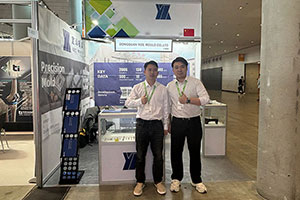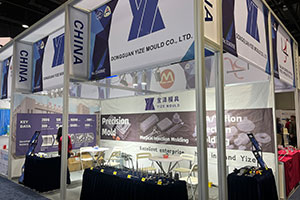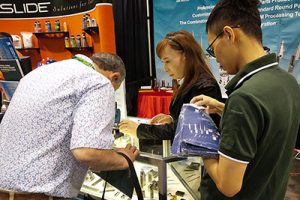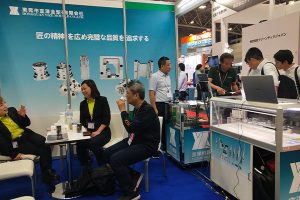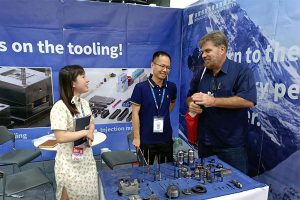Comprehensive Guide to Testing Tungsten Carbide Rods: Key Steps to Ensure Quality and Performance
Tungsten carbide rods, known for their high strength and hardness, play a vital role in industrial production. However, ensuring their quality and performance relies on rigorous testing procedures. This article […]
Tungsten carbide rods, known for their high strength and hardness, play a vital role in industrial production. However, ensuring their quality and performance relies on rigorous testing procedures. This article provides a detailed overview of the purposes, methods, and standards for testing tungsten carbide rods.
The primary goal of testing tungsten carbide rods is to verify that their quality and performance meet relevant standards and requirements. Hardness is a critical indicator of a tungsten carbide rod’s strength and wear resistance, and hardness testing can determine if it meets usage requirements. Cylindricity, which refers to the roundness of the rod’s cross-section, is essential for ensuring processing accuracy and performance. Additionally, composition testing is indispensable, as it analyzes the chemical composition of the tungsten carbide rod to confirm the content and proportion of alloy elements, thereby verifying its design compliance.
Наш завод занимается: твердосплавные детали, детали пресс-форм, медицинские пресс-формы для литья под давлением, прецизионные пресс-формы для литья под давлением, литье тефлона PFA, фитинги для труб PFA. e-mail: [email protected],whatsapp:+8613302615729.
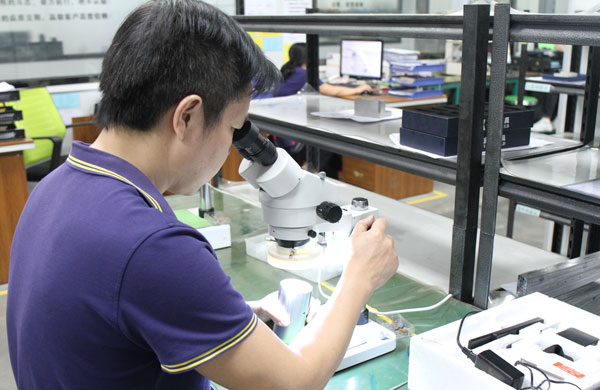
In terms of testing methods, we employ various scientific and rigorous approaches tailored to the characteristics of tungsten carbide rods. For hardness testing, hardness testers can be used for indentation tests, or destructive testing methods can be applied to observe fracture properties (suitable for large-diameter rods). Cylindricity testing can be conducted using micrometers to measure diameters at different positions or by utilizing optical instruments and automated equipment for high-precision measurements. For composition testing, X-ray fluorescence spectrometry provides rapid and accurate chemical composition analysis, while chemical analysis methods can precisely determine alloy element content but are relatively cumbersome to operate.
During the testing process, we must adhere to relevant domestic and international standards, such as GB/T 4162-2008, ASTM A600, and JIS G 4403. These standards specify clear requirements for the dimensions, tolerances, chemical composition, hardness, and cylindricity of tungsten carbide rods.
In summary, testing tungsten carbide rods is a crucial step in ensuring their quality and performance. As technology advances and testing techniques evolve, testing methods will continue to be updated and improved.


